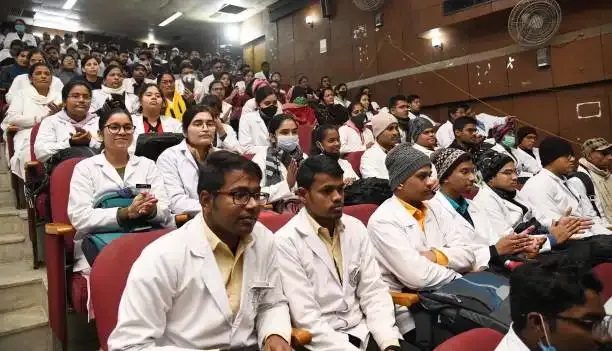Shopping cart
Your cart empty!
Terms of use dolor sit amet consectetur, adipisicing elit. Recusandae provident ullam aperiam quo ad non corrupti sit vel quam repellat ipsa quod sed, repellendus adipisci, ducimus ea modi odio assumenda.
Lorem ipsum dolor sit amet consectetur adipisicing elit. Sequi, cum esse possimus officiis amet ea voluptatibus libero! Dolorum assumenda esse, deserunt ipsum ad iusto! Praesentium error nobis tenetur at, quis nostrum facere excepturi architecto totam.
Lorem ipsum dolor sit amet consectetur adipisicing elit. Inventore, soluta alias eaque modi ipsum sint iusto fugiat vero velit rerum.
Sequi, cum esse possimus officiis amet ea voluptatibus libero! Dolorum assumenda esse, deserunt ipsum ad iusto! Praesentium error nobis tenetur at, quis nostrum facere excepturi architecto totam.
Lorem ipsum dolor sit amet consectetur adipisicing elit. Inventore, soluta alias eaque modi ipsum sint iusto fugiat vero velit rerum.
Dolor sit amet consectetur adipisicing elit. Sequi, cum esse possimus officiis amet ea voluptatibus libero! Dolorum assumenda esse, deserunt ipsum ad iusto! Praesentium error nobis tenetur at, quis nostrum facere excepturi architecto totam.
Lorem ipsum dolor sit amet consectetur adipisicing elit. Inventore, soluta alias eaque modi ipsum sint iusto fugiat vero velit rerum.
Sit amet consectetur adipisicing elit. Sequi, cum esse possimus officiis amet ea voluptatibus libero! Dolorum assumenda esse, deserunt ipsum ad iusto! Praesentium error nobis tenetur at, quis nostrum facere excepturi architecto totam.
Lorem ipsum dolor sit amet consectetur adipisicing elit. Inventore, soluta alias eaque modi ipsum sint iusto fugiat vero velit rerum.
Do you agree to our terms? Sign up

In a significant move to strengthen India’s healthcare and medical education sector, the Union Cabinet has approved the third phase of the Medical Seat Expansion Scheme, set to add more than 10,000 new medical seats in government colleges over the next three years.
Under this initiative, 5,023 new MBBS seats and 5,000 postgraduate (PG) seats will be created, providing crucial opportunities for aspiring doctors and addressing the growing demand for healthcare professionals across the country.
The third phase of the scheme carries an estimated cost of ₹15,034 crore and aligns with the government’s plan to add 75,000 new medical seats over the next five years, as announced by Union Finance Minister Nirmala Sitharaman in the 2025–26 Union Budget. This strategic expansion aims to increase the number of doctors and specialists in underserved areas while ensuring cost-effective utilization of existing medical infrastructure.
The scheme’s first two phases have already expanded medical education capacity significantly:
Phase 1: Added 4,977 MBBS seats in 83 colleges and 4,058 PG seats in 72 colleges, costing ₹5,972 crore and ₹1,498 crore, respectively.
Phase 2: Created 4,000 MBBS seats across 65 colleges with a budget allocation of ₹4,478 crore.
These efforts have contributed to bridging the gap between medical aspirants and available seats while improving healthcare access nationwide.
India’s medical education landscape has grown remarkably over the past decade:
2014: 51,328 MBBS seats and 31,185 PG seats.
2025: Approximately 1.2 lakh MBBS seats and 74,306 PG seats.
With over 20 lakh students appearing for NEET annually, this expansion is expected to meet the rising demand for quality medical education in India.
The government is simultaneously promoting other measures to strengthen medical education:
Establishing new medical colleges attached to district hospitals.
Expanding capacity in existing government medical colleges.
Setting up new AIIMS institutes under the Pradhan Mantri Swasthya Suraksha Yojana (PMSSY).
These steps also aim to reduce the need for Indian students to seek medical education abroad, especially in countries affected by disruptions such as Ukraine, China, and the Philippines.
The third phase of the Medical Seat Expansion Scheme is a strategic step toward creating a self-reliant healthcare system in India. By increasing access to affordable government medical education, the scheme is expected to:
Boost the availability of doctors and specialists nationwide.
Enhance healthcare delivery in rural and underserved areas.
Provide greater opportunities for Indian students to pursue medicine domestically.
With these measures, India moves closer to achieving a robust, self-sufficient medical education ecosystem that meets both current and future healthcare needs.
4
Published: Sep 25, 2025